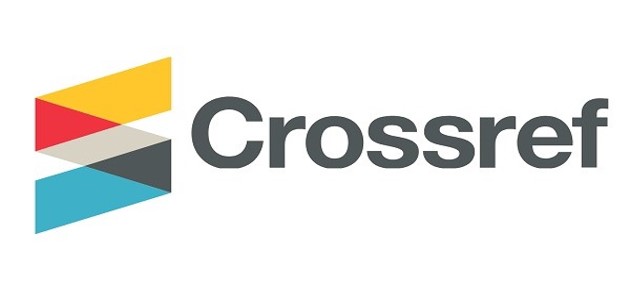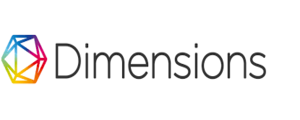Preparation and comparison performance of CuO Nanopartecles and CuO/TiO2 / Nanocomposite and application in solar cell
DOI:
https://doi.org/10.31257/2018/JKP/2023/v15.i01.10696Keywords:
CuO /TiO2 , Nanocomposite, Hydrothermal , DSSCsAbstract
Nanostructures of metal oxides of CuO, and TiO2 were prepared by the hydrothermal method. Also, CuO/TiO2 nanocomposites were prepared by the hydrothermal technique using an equal ratio of 1:1 The properties of the prepared compounds were investigated through Field Emission Scanning Electron Microscopy FE-SEM, Transmission Electron Microscopy TEM, X-Ray Diffraction. The images of FE-SEM have confirmed that the prepared TiO2 , CuO, and nanoparticles were structured as Nanoparticles, Spherical, and CuO/ TiO2 nanocomposites which were mixed in an equal ratio were structured as rocks-like structures. The results of the X-ray diffraction indicated the presence of CuO, and TiO2 as (monoclinic structures, Tetragonal) respectively. with the average crystallite sizes,( 13.10,8.65 and 10.12)nm, for CuO , TiO2 and CuO/TiO2 respectively. The optical properties of the prepared nanoparticles CuO , TiO2 , and CuO/TiO2 were studied through UV-Vis Spectroscopy. The optical band gap of the prepared products was determined by UV-Visible spectrophotometry and was found to be 2.1, 3.0, and 2.8 eV for TiO2, CuO, NPs, and CuO /TiO2 nanocomposites respectively. Dye-sensitized solar cells (DSSCs) fabricated based on TiO2, CuO, NPs, and CuO /TiO2 nanocomposites are casted onto (FTO) substrates (front electrode), while the back electrode is carbon/FTO-glass substrate. Two types of natural dyes were used in this study. Chlorophyll pigment in green leek and anthocyanin red pigment in cochineal pomegranate whereas iodine/ iodide KI/I2 is used as the electrolyte solution. The solar cells efficiency rates (1.51,0.74 and 0.94) for CuO, TiO2 NPs, and CuO /TiO2 nanocomposites/ are chlorophyll pigments present in green leek respectively. and The solar cells efficiency rates (1.20,0.558 and 0.88) for CuO, TiO2 Nps, and CuO/TiO2 nanocomposites/ anthocyanin pigment present in red pomegranate respectively
Downloads
Downloads
Published
How to Cite
Issue
Section
Categories
License
Copyright (c) 2023 Ghanem Abdulnabi, Amer Musa Juda

This work is licensed under a Creative Commons Attribution 4.0 International License.
Journal of Kufa-Physics is licensed under the Creative Commons Attribution 4.0 International License, which allows users to copy, to create extracts, abstracts, and new works from the Article, to alter and revise the Article, and to make commercial use of the Article (including reuse and/or resale of the Article by commercial entities), provided the user gives appropriate credit (with a link to the formal publication through the relevant DOI), provides a link to the license, indicates if changes were made and the licensor is not represented as endorsing the use made of the work. The authors hold the copyright for their published work on the JKP website, while KJP is responsible for appreciating citation for their work, which is released under CC-BY-4.0 enabling the unrestricted use, distribution, and reproduction of an article in any medium, provided that the original work is properly cited.












